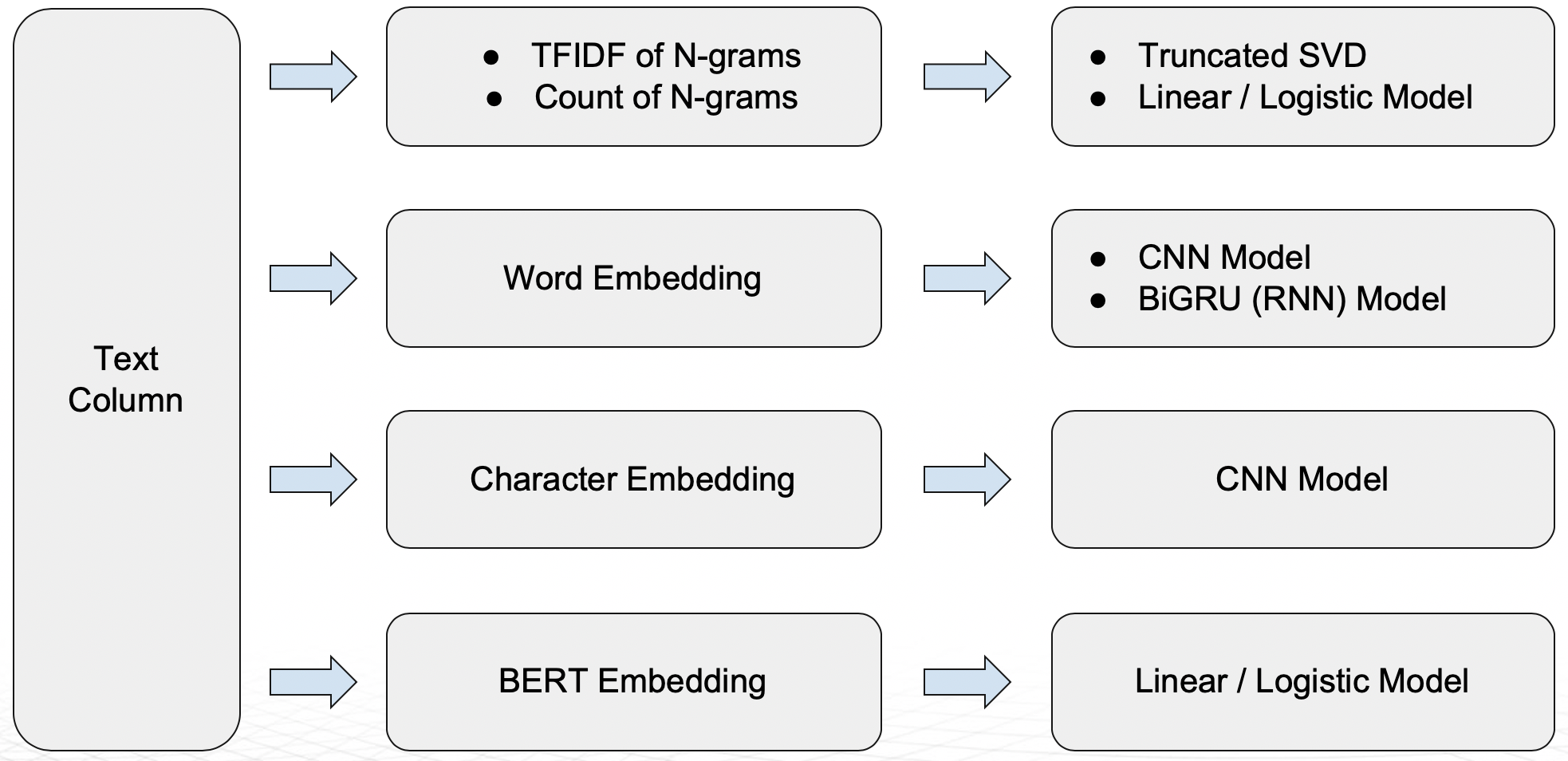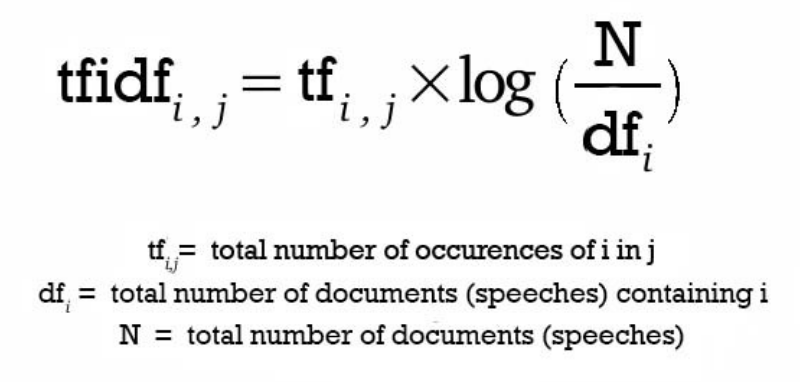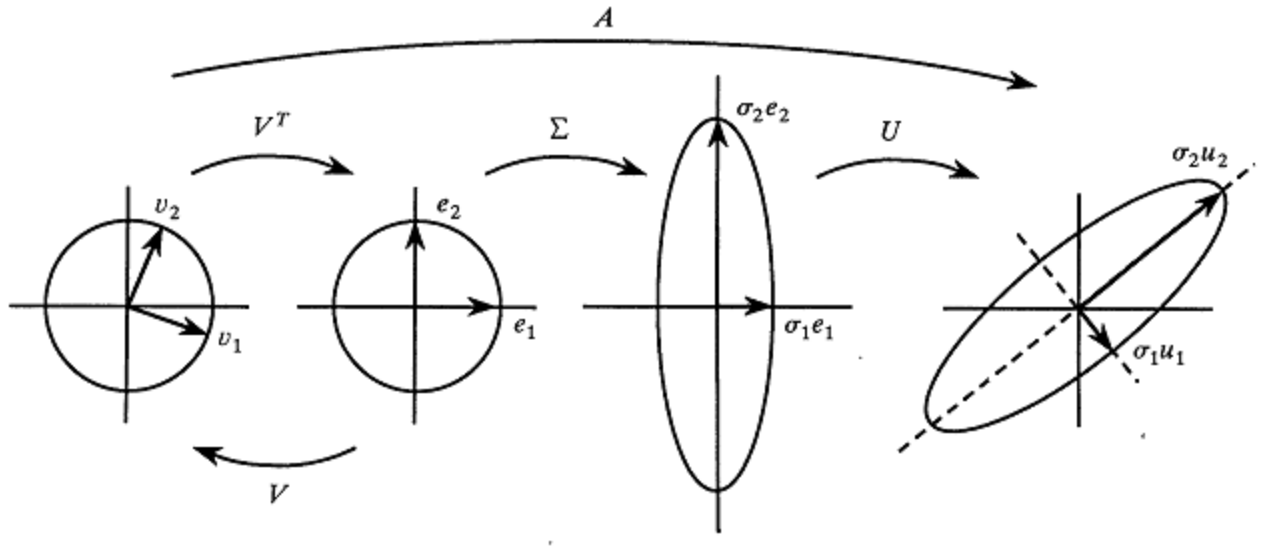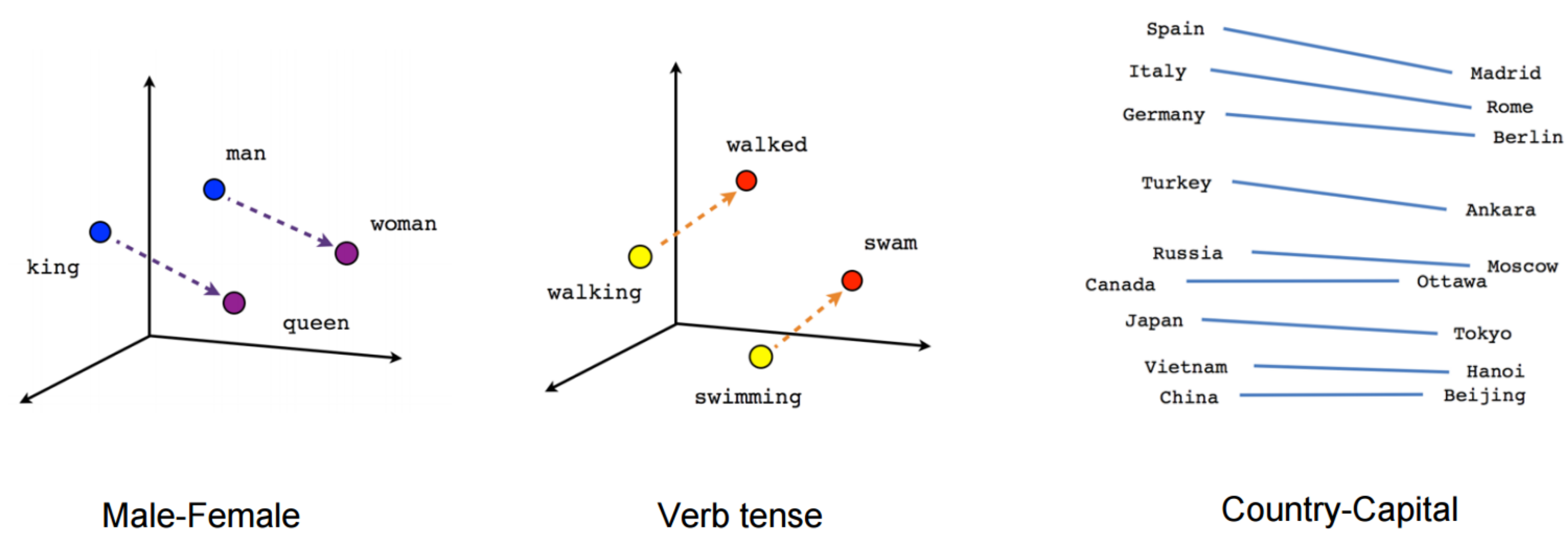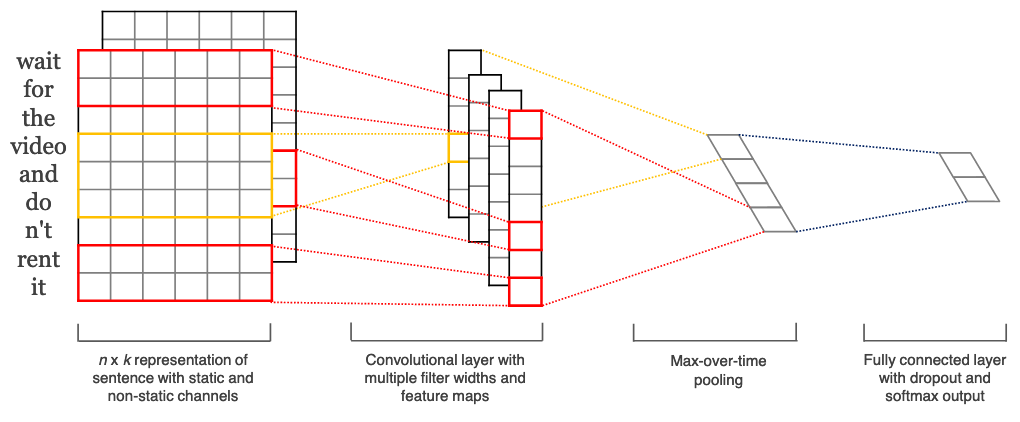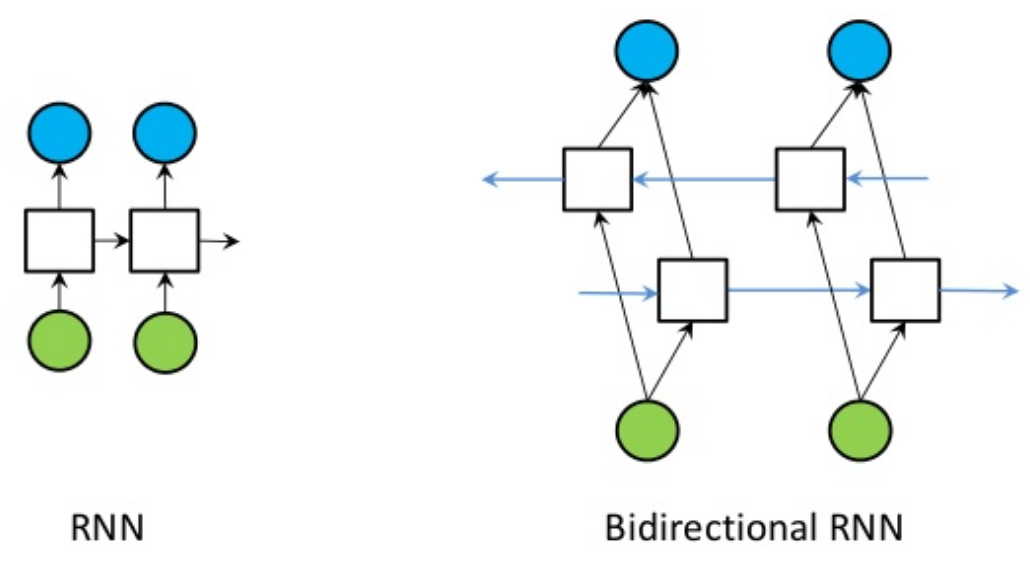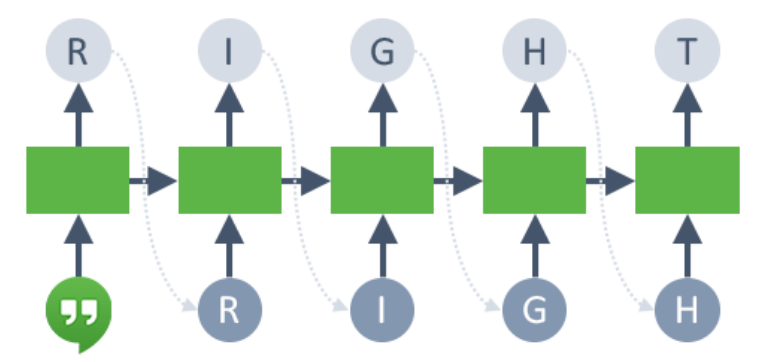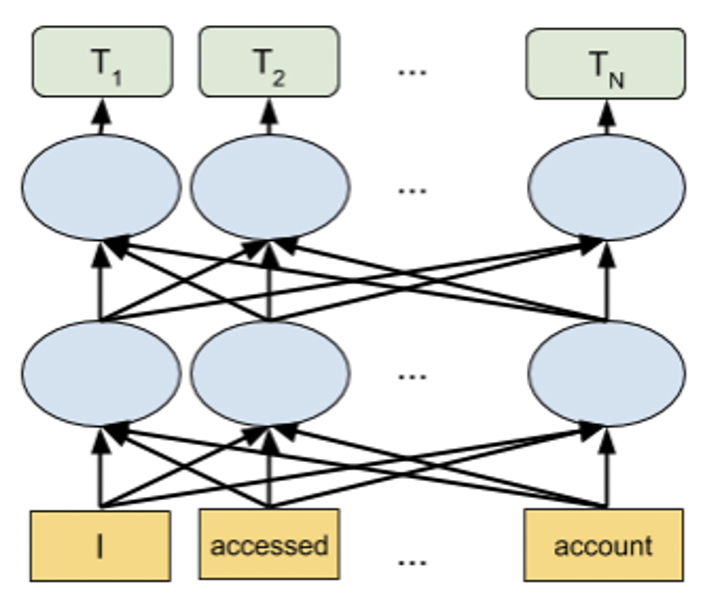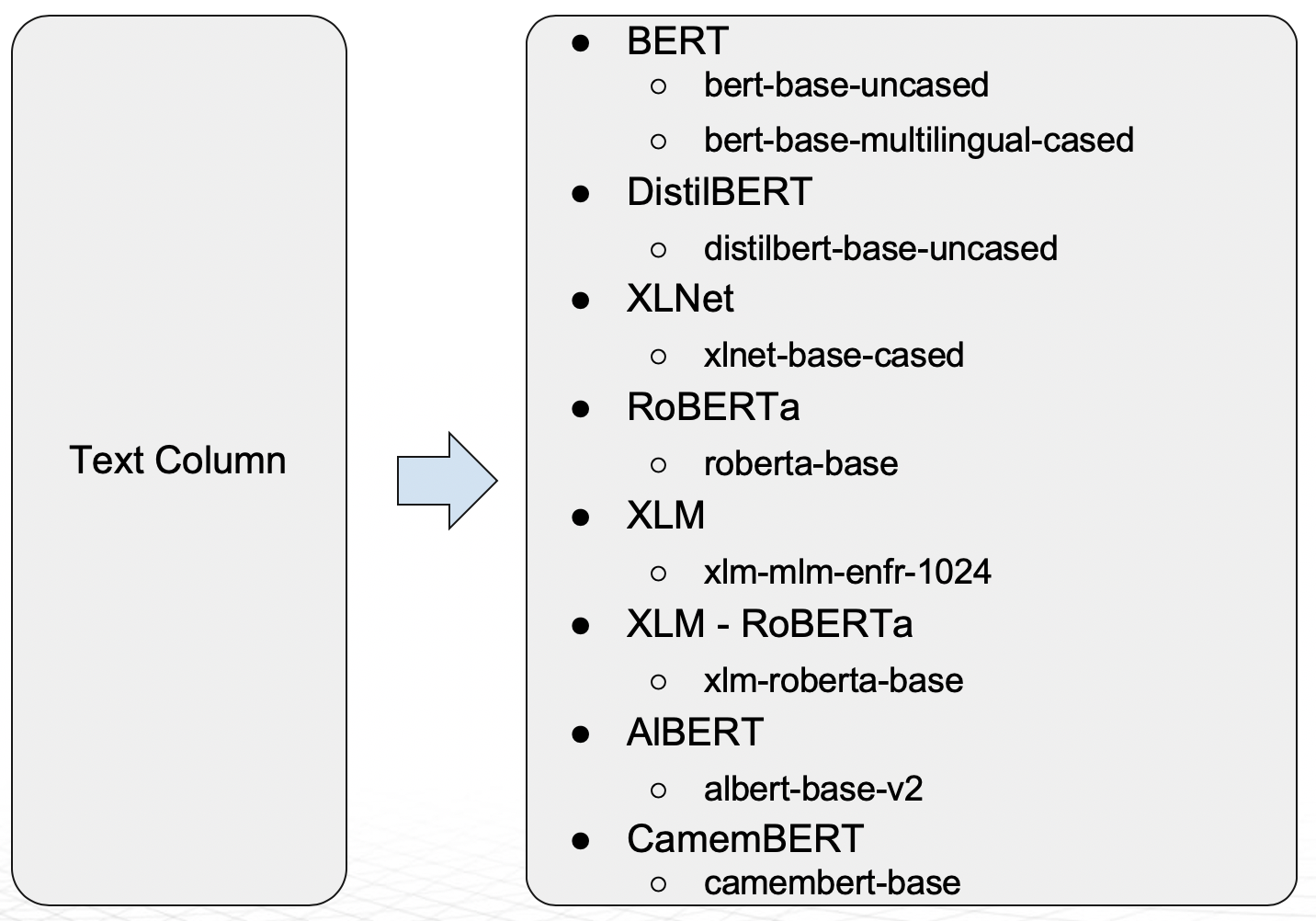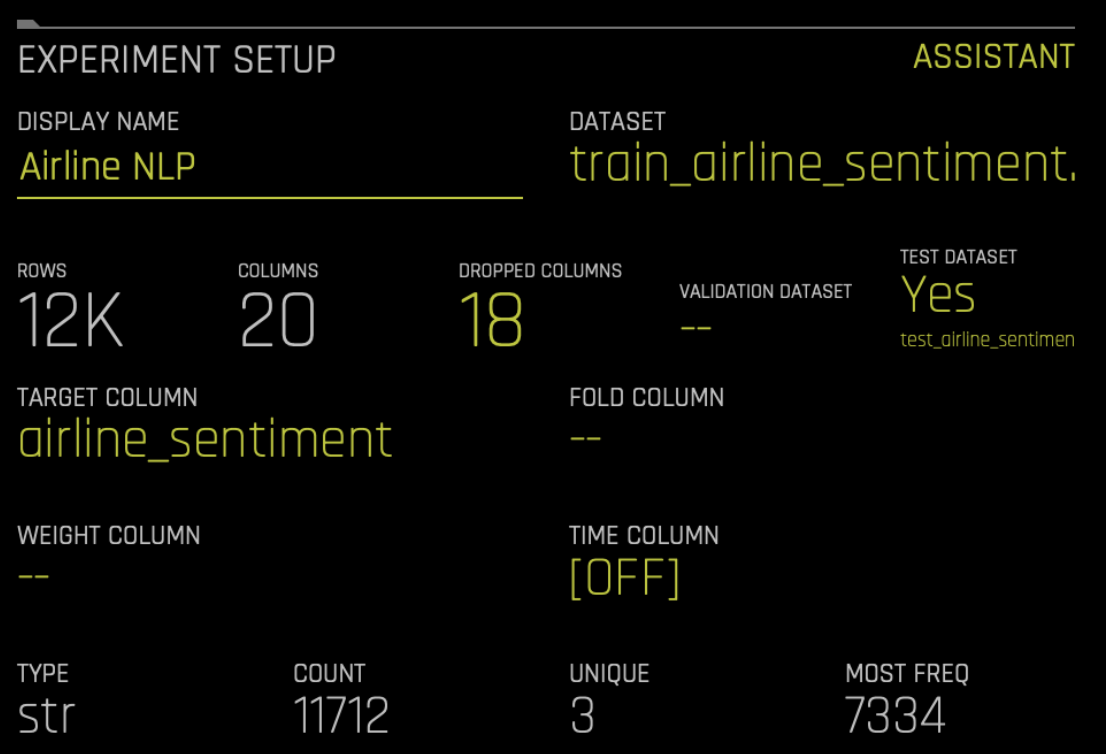NLP in Driverless AI¶
Driverless AI version 1.9 introduces support for PyTorch Transformer Architectures (for example, BERT) that can be used for Feature Engineering or as Modeling Algorithms. The Driverless AI platform has the ability to support both standalone text and text with other columns as predictive features.
The following NLP recipes are available for a given text column:
n-gram frequency / TF-IDF followed by Truncated SVD
n-gram frequency / TF-IDF followed by Linear / Logistic regression
Word embeddings followed by CNN model (TensorFlow)
Word embeddings followed by BiGRU model (TensorFlow)
Character embeddings followed by CNN model (TensorFlow)
BERT/DistilBERT based embeddings for Feature Engineering (PyTorch)
Support for multiple Transformer Architectures (eg.BERT) as modeling algorithms (PyTorch)
In addition to these techniques, Driverless AI supports custom NLP recipes using, for example, PyTorch or Flair.
NLP Feature Engineering¶
n-gram¶
An n-gram is a contiguous sequence of n items from a given sample of text or speech.
n-gram Frequency¶
Frequency-based features represent the count of each word from a given text in the form of vectors. These are created for different n-gram values. For example, a one-gram is equivalent to a single word, a two-gram is equivalent to two consecutive words paired together, and so on.
Words and n-grams that occur more often will receive a higher weightage. The ones that are rare will receive a lower weightage.
TF-IDF of n-grams¶
Frequency-based features can be multiplied with the inverse document frequency to get term frequency–inverse document frequency (TF-IDF) vectors. Doing so also gives importance to the rare terms that occur in the corpus, which may be helpful in certain classification tasks.
Truncated SVD Features¶
TF-IDF and the frequency of n-grams both result in higher dimensions of the representational vectors. To counteract this, Truncated SVD is commonly used to decompose the vectorized arrays into lower dimensions.
Linear Models for TF-IDF Vectors¶
Linear models are also available in the Driverless AI NLP recipe. These capture linear dependencies that are crucial to the process of achieving high accuracy rates and are used as features in the base DAI model.
Word Embeddings¶
Word embeddings is the term for a collective set of feature engineering techniques for text where words or phrases from the vocabulary are mapped to vectors of real numbers. Representations are made so that words with similar meanings are placed close to or equidistant from one another. For example, the word “king” is closely associated with the word “queen” in this kind of vector representation.
TF-IDF and frequency-based models represent counts and significant word information, but they lack the semantic context for these words. Word embedding techniques are used to make up for this lack of semantic information.
CNN Models for Word Embedding¶
Although Convolutional Neural Network (CNN) models are primarily used on image-level machine learning tasks, their use case on representing text as information has proven to be quite efficient and faster compared to RNN models. In Driverless AI, we pass word embeddings as input to CNN models, which return cross validated predictions that can be used as a new set of features.
Bi-directional GRU Models for Word Embedding¶
Recurrent neural networks, like long short-term memory units (LSTM) and gated recurrent units (GRU), are state-of-the-art algorithms for NLP problems. In Driverless AI, we implement bi-directional GRU features for previous word steps and for later steps to predict the current state. For example, in the sentence “John is walking on the golf course,” a unidirectional model would represent states that represent “golf” based on “John is walking on,” but would not represent “course.” Using a bi-directional model, the representation would also account the later representations, giving the model more predictive power.
In simple terms, a bi-directional GRU model combines two independent RNN models into a single model. A GRU architecture provides high speeds and accuracy rates similar to a LSTM architecture. As with CNN models, we pass word embeddings as input to these models, which return cross validated predictions that can be used as a new set of features.
CNN Models for Character Embedding¶
For languages like Japanese and Mandarin Chinese, where characters play a major role, character level embedding is available as an NLP recipe.
In character embedding, each character is represented in the form of vectors rather than words. Driverless AI uses character level embedding as the input to CNN models and later extracts class probabilities to feed as features for downstream models.
The image below represents the overall set of features created by this NLP recipe:
BERT/DistilBERT Models for Feature Engineering¶
Transformer based language models like BERT are state-of-the-art NLP models that can be used for a wide variety of NLP tasks. These models capture the contextual relation between words by using an attention mechanism. Unlike directional models that read text sequentially, a Transformer-based model reads the entire sequence of text at once, allowing it to learn the context of the word based on all of its surrounding words. The embeddings obtained by these models show improved results in comparison to earlier embedding approaches.
BERT and DistilBERT models can be used for generating embeddings for any text columns. These pretrained models are used to get embeddings for the text followed by Linear/Logistic Regression to generate features that can then be used for any downstream models in Driverless AI. Refer to NLP Settings in the Expert Settings topic for more information on how to enable these models for feature engineering. We recommend using GPU(s) to leverage the power of these models and accelerate the feature engineering process.
PyTorch Transformer Architecture Models (eg. BERT) as Modeling Algorithms¶
Starting with Driverless AI 1.9 release, the Transformer-based architectures shown in the diagram below will be supported as models in Driverless AI.
The BERT model support multiple languages. DistilBERT is a distilled version of BERT that has fewer parameters compared to BERT (40% less) and it is faster (60% speedup) while retaining 95% of BERT level performance. The DistilBERT model can be useful when training time and model size is important. Refer to NLP Settings in the Expert Settings topic for more information on how to enable these models as modeling algorithms. We recommend using GPU(s) to leverage the power of these models and accelerate the model training time.
NLP Naming Conventions¶
The naming conventions of the NLP features help to understand the type of feature that has been created.
The syntax for the feature names is as follows:
[FEAT TYPE]:[COL].[TARGET_CLASS]
[FEAT TYPE] represents one of the following:
Txt – Frequency / TF-IDF of n-grams followed by Truncated SVD
TxtTE - Frequency / TF-IDF of n-grams followed by a Linear model
TextCNN_TE – Word embeddings followed by CNN model
TextBiGRU_TE – Word embeddings followed by Bi-directional GRU model
TextCharCNN_TE – Character embeddings followed by CNN model
[COL] represents the name of the text column.
[TARGET_CLASS] represents the target class for which the model predictions are made.
For example, TxtTE:text.0 equates to class 0 predictions for the text column “text” using Frequency / TF-IDF of n-grams followed by a linear model.
NLP Expert Settings¶
A number of configurable settings are available for NLP in Driverless AI. Refer to NLP Settings in the Expert Settings topic for more information.
A Typical NLP Example: Sentiment Analysis¶
The following section provides an NLP example. This information is based on the Automatic Feature Engineering for Text Analytics blog post. A similar example using the Python Client is available in The Python Client.
This example uses a classic example of sentiment analysis on tweets using the US Airline Sentiment dataset from Figure Eight’s Data for Everyone library. Note that the sentiment of the tweets have been previously labeled and our model will be used to label new tweets. We can split the dataset into training and test with this simple script. We will just use the tweets in the ‘text’ column and the sentiment (positive, negative or neutral) in the ‘airline_sentiment’ column for this demo. Here are some samples from the dataset:

Once we have our dataset ready in the tabular format, we are all set to use the Driverless AI. Similar to other problems in the Driverless AI setup, we need to choose the dataset, and then specify the target column (‘airline_sentiment’).
Because we don’t want to use any other columns in the dataset, we need to click on Dropped Cols, and then exclude everything but text as shown below:
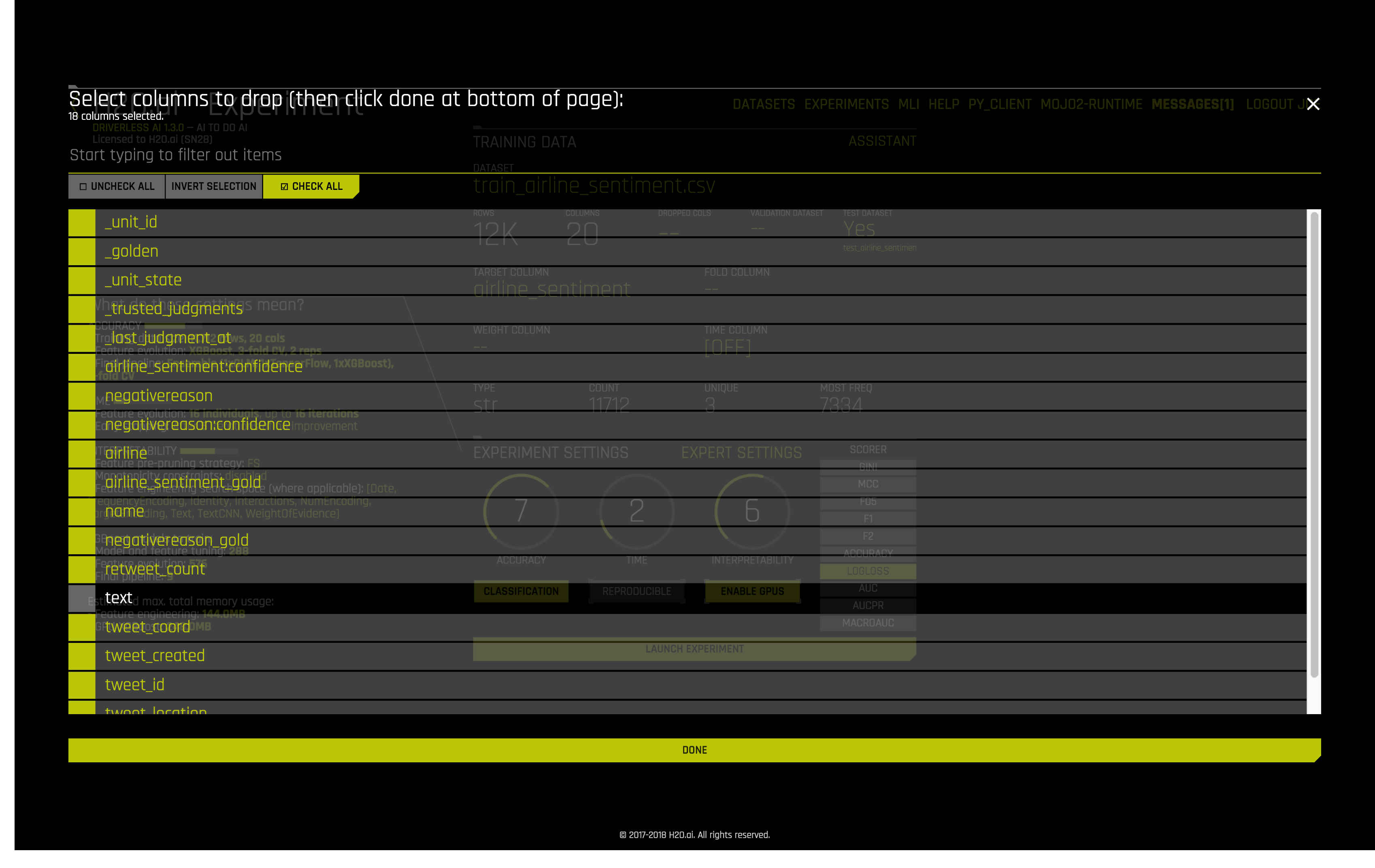
Next, we will turn on our TensorFlow NLP recipes. We can go to Expert Settings, NLP and turn on the following: CNN TensorFlow models, BiGRU TensorFlow models, character-based TensorFlow models or pretrained PyTorch NLP models
At this point, we are ready to launch an experiment. Text features will be automatically generated and evaluated during the feature engineering process. Note that some features such as TextCNN rely on TensorFlow models. We recommend using GPU(s) to leverage the power of TensorFlow or the PyTorch Transformer models and accelerate the feature engineering process.
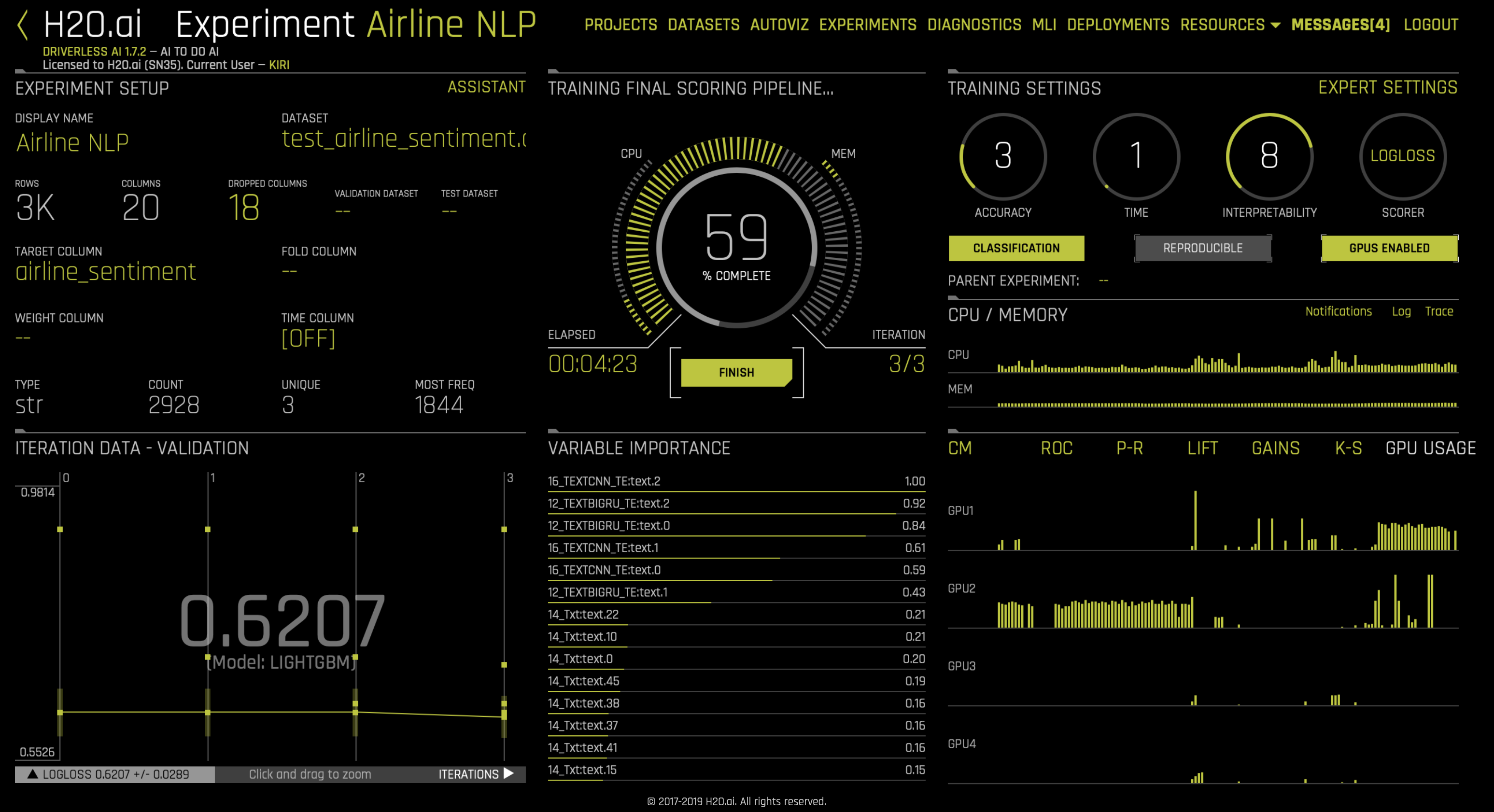
Once the experiment is done, users can make new predictions and download the scoring pipeline just like any other Driverless AI experiments.
Resources:
fastText: https://fasttext.cc/
